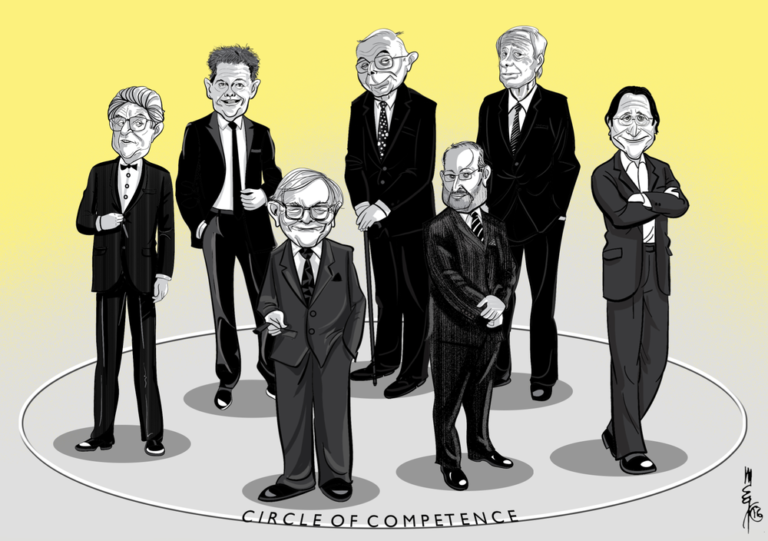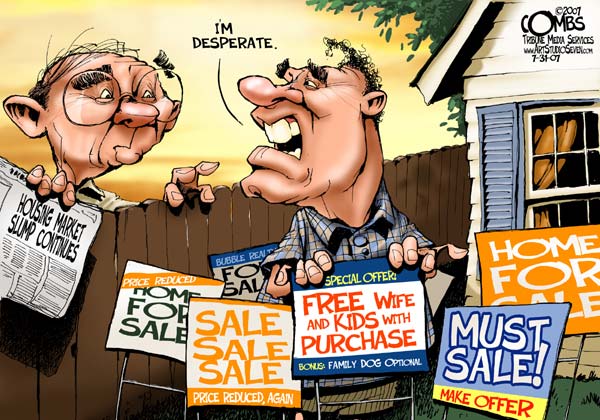Price Is What You Pay, Value Is What You Get
One of the most important differentiators for successful investors is knowing the right price to pay for the stock AND waiting for Mr Market to serve the stock at that price. The stock doesn’t care what you pay for it, and it won’t make any adjustments to give you an acceptable return.
Most investors think quality, as opposed to price, is the determinant of whether something’s risky. But high quality assets can be risky, and low quality assets can be safe. It’s just a matter of the price paid for them. Elevated popular opinion, then, isn’t just the source of low return potential, but also of high risk.
Only by paying the right price will the intelligent investor be assured a satisfactory return. The price you pay determines the return you get, forever. Intelligent investors do not just pay any price that the market is quoting, instead they exercise patience and wait for the stock to come down to right price.
The Analogy of the “Fat Pitch”
No matter how attractive a stock may be, no matter how well run a company is, it’s absolutely critical that investor maintains her cool and waits for the right pitch before she swings.
“The stock market is a no-called-strike game. You don’t have to swing at everything – you can wait for your pitch. You can watch pitches come in one inch above or one inch below your navel and you don’t have to swing. No umpire is going to call you out.
“Ted Williams described in his book, ‘The Science of Hitting,’ that the most important thing – for a hitter – is to wait for the right pitch. And that’s exactly the philosophy I have about investing – wait for the [fat] pitch, [know your sweet spot], and wait for the right deal. And it will come… It’s the key to investing.”

Rags to Tiches with Fat Pitches
“Finding businesses with long-term competitive advantages, or wide moats, has long been a cornerstone of investors’ winning formula.”
How do we define the “fat pitch”. Here are a few attributes to consider:

Circle Of Competence
“What an investor needs is the ability to correctly evaluate selected businesses. Note that word “selected”: …you don’t have to be an expert on every company, or even many”. You only have to be able to evaluate companies within your circle of competence. The size of that circle is not very important; knowing its boundaries, however, is vital.”
The game of investing is one of making better predictions about the future than other people. How are you going to do that?
If you try to predict the future of everything, you attempt too much. Investors who confine themselves to what they know, as difficult as that may be, have a considerable advantage over everyone else. Knowing you don’t know something is nearly as valuable as knowing it. The worst situation is thinking you know something when you don’t. Right pitch will therefore by definition be within your circle of competence.

Volatility Is Your Friend
Investors should treat volatility as a friend. High volatility permits an investor to purchase stocks that are particularly depressed and to sell stocks when they are selling at particularly high prices. The greater the volatility, the greater the opportunity to purchase stocks at bargain price.
The true investor welcomes volatility. It is the means through which Mr Market serves the fat pitch.

Wonderful Companies Have Moats
Companies live and die by their ability to complete in the marketplace. Long-term competitive advantage of a business is like an economic moat. If you’ve got a wonderful castle (or business), there are people out there who are going to try and attack it, and take it away from you. So you want a castle with a moat around it. There are many sources of moat.
Click here to read an article on moats. The “moatier” the company, the fatter the pitch.

Margin of safety
Behind the margin of safety principle is the simple idea that having a cushion in terms of excess value can protect you against making an error. In other words, when market price is significantly below your estimation of the intrinsic value, the difference is the margin of safety. This difference allows an investment to be made with minimal downside risk.
The term was popularized by Benjamin Graham (known as the father of value investing) and his followers, most notably Warren Buffett. Margin of safety doesn’t guarantee a successful investment, but it does provide room for error in an analyst’s judgment. Determining a company’s “true” worth (its intrinsic value) is highly subjective. Each investor has a different way of calculating intrinsic value, which may or may not be correct. In addition, it’s notoriously difficult to predict a company’s earnings. Margin of safety provides a cushion against errors in calculation.
When you build a bridge, you insist it can carry 30,000 pounds, but you only drive 10,000 pound trucks across it. And the same idea works in investing.
No matter how wonderful a business is, it’s not worth an infinite price. We have to have a price that makes sense and gives a margin of safety considering the normal vicissitudes of life.
Many people make the mistake of assuming that buying a quality company ensures safety. A given company may be a quality company with an attractive business, but that alone is not enough because the price you pay for a share of stock matters. Adequate margin of safety is a defining attribute of a fat pitch.
Concentrated Bets
 Investors cannot hope to get too many fat pitches during their investing career. For a fat pitch to happen Mr Market must serve a moaty business that investors understand at bargain price with high margin of safety. Fat pitch is a special and rare occasion and when an investors sees one, it’s time to bet big and get rich.
Investors cannot hope to get too many fat pitches during their investing career. For a fat pitch to happen Mr Market must serve a moaty business that investors understand at bargain price with high margin of safety. Fat pitch is a special and rare occasion and when an investors sees one, it’s time to bet big and get rich.




0 Comments